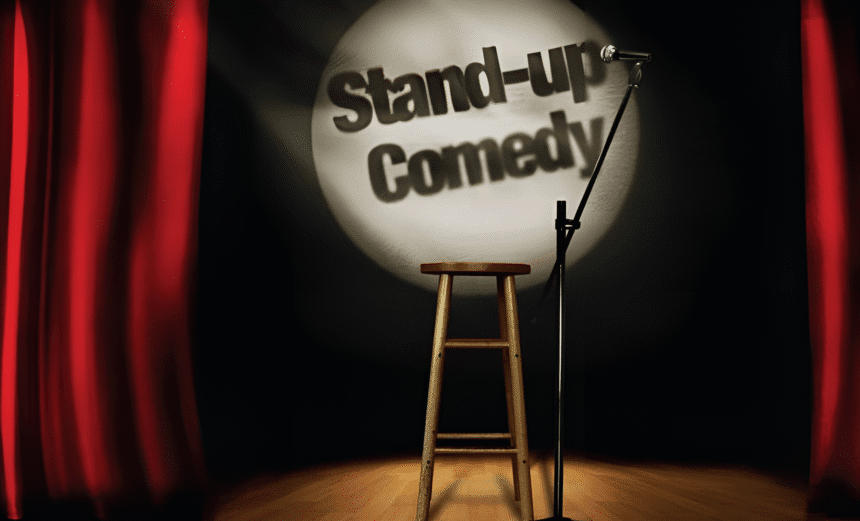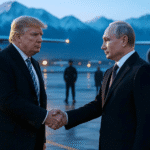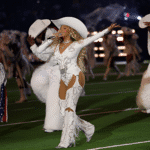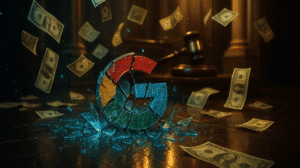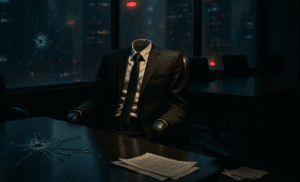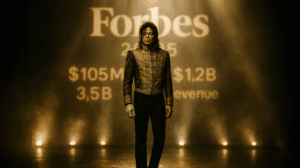Stand-up comedy, once a niche form of entertainment confined to smoky clubs and late-night television, has grown into a global cultural phenomenon, captivating audiences from New York to New Delhi. Its origins can be traced back to the 19th century, when comic lecturers such as Mark Twain entertained crowds with witty monologues. The style evolved through vaudeville performances, with early pioneers like Frank Fay and later Borscht Belt humorists of the 1930s and ’40s, Henny Youngman, for example, perfecting the art of rapid-fire jokes. The mid-20th century saw figures like Bob Hope blend topical humor with mass media exposure, while Mort Sahl, Bob Newhart, and Lenny Bruce broke conventions, using comedy as a tool for social critique and pushing boundaries on censorship.
In the past decade, the growth of stand-up has been nothing short of explosive. Bloomberg reports that the industry has tripled in size, with comedians now selling out arenas that rival the attendance figures of rock concerts and major sporting events. John Mulaney has drawn crowds of over 17,000, Ali Wong has sold out multiple tours, and Jon Stewart continues to command sold-out theaters. This surge is largely powered by streaming platforms like Netflix, Amazon Prime, Hulu, and YouTube, which have turned stand-up specials into instantly shareable cultural moments. Social media and podcasts have further democratized the art form, allowing comedians to share short clips, connect directly with audiences, and build fan bases far beyond their local comedy clubs.
What makes this growth remarkable is its truly global reach. In the UK, the Edinburgh Fringe Festival continues to launch emerging acts, featuring performers like Dan Tiernan, who tackles mental health themes, and Sam Nicoresti, whose work centers on trans narratives. In India, Vir Das has become a household name internationally, blending cultural commentary with universally relatable humor. In Germany, the stand-up scene, which began taking shape in the 1990s, now thrives in cities like Berlin, with open mics and clubs drawing diverse audiences. Across the world, in Poland, Colombia, Brazil, and beyond, stand-up is finding unique local flavors while connecting through the universal language of laughter.
This global era is marked by new stars alongside industry veterans. Zakir Khan is set to become the first Hindi-language comedian to headline Madison Square Garden, making history with his North American tour. Beth Stelling, with her self-funded special, The Landlord, has resonated with audiences through honest and sharply observed storytelling. Marcello Hernández, an SNL breakout star with Cuban and Dominican roots, is preparing his first Netflix special that blends cultural heritage with modern character work. At the same time, household names like Kevin Hart, Jerry Seinfeld, and Nikki Glaser remain strong draws on the global tour circuit, while comedians like Peter Kay and Sebastian Maniscalco continue to dominate earnings charts.
The rise of stand-up has not been without challenges. Some in the comedy community worry that the focus on viral clips and social media promotion can overshadow the craft itself. As one comedian put it, “Promoting yourself is almost more important than the actual craft.” Yet, this era has also brought more inclusivity and opportunity, allowing voices from diverse cultural and linguistic backgrounds to reach worldwide audiences.
From its roots in vaudeville theaters to today’s digital stages, stand-up comedy has transformed into a powerful medium of cultural expression. It thrives because it combines the intimacy of one performer and one microphone with the reach of global technology. In a world facing constant change and uncertainty, stand-up’s ability to connect through humor remains more relevant than ever. Whether it’s in a small club in Berlin, a massive stadium in New York, or a streamed special on a smartphone in Tokyo, stand-up continues to prove that laughter truly knows no borders.

